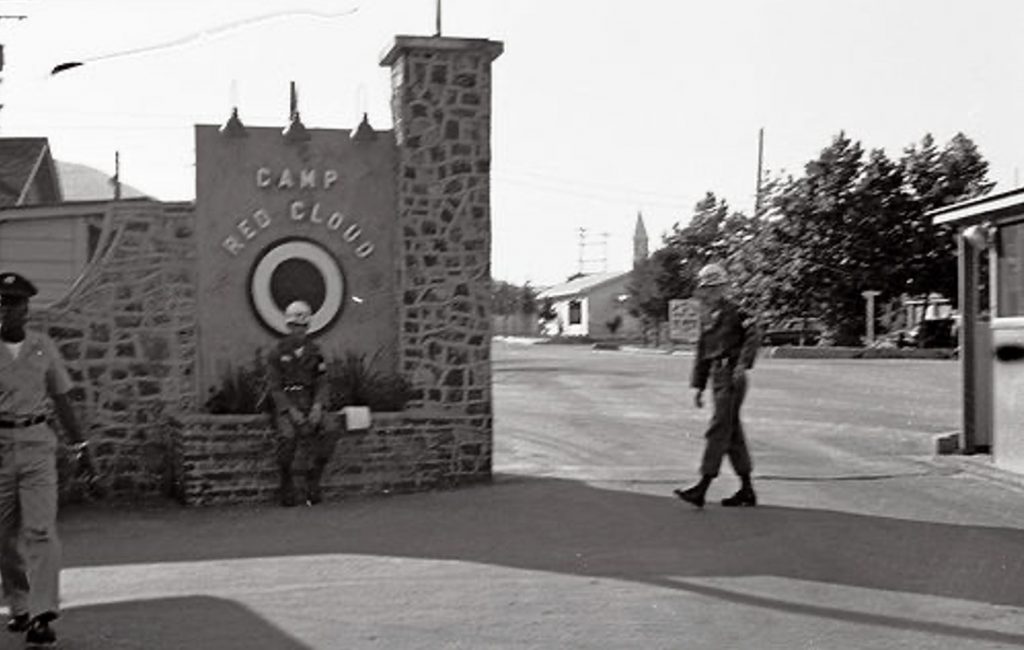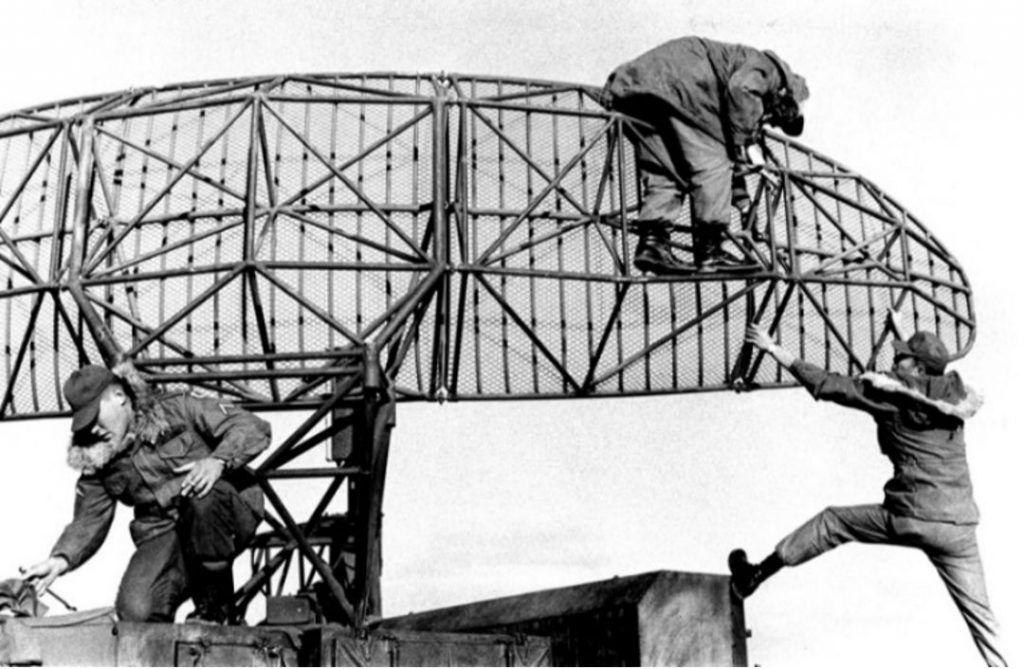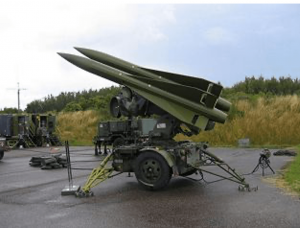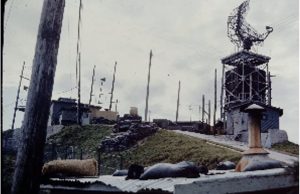
After graduating from the Air Defense Officer Advanced Course, I was assigned to a Hawk Missile Battalion in Korea.
I spent the first seven months of my tour as the Officer in Charge (OIC), Battalion Operations Central (BOC) on a mountaintop just outside of Ui Jong Bu which is north of Seoul and north of the Hahn River.
The BOC consisted of a long-range early warning radar and several control consoles used to assign airborne targets electronically to the HAWK missile firing batteries. HAWK missiles were surface to air rockets with explosive non-nuclear warheads designed to destroy an enemy high-performance aircraft (jets) at medium altitudes up to about 20,000 feet above sea level. The firing battery consisted of tracking radars and six missile launchers each containing three HAWK missiles. The missiles were radar-guided so that once a radar locked on to an aircraft the homing system in the missile would follow the radar signal to the target and destroy it.
Our BOC was the northern-most US air defense radar in Korea and could detect aircraft over 100 miles north of the DMZ. We took turns pulling 24/7 duty for two weeks at a time with a Republic of Korea (ROK) radar site. More often than not, the ROK radar site would report that it was down for maintenance, so we had to fill in for it. As a result, sometimes we were on duty for a month at a time. Almost every night our radar scope would show 4 to 8 North Korean high-performance aircraft approach the DMZ in attack formation. When this occurred our ‘hot’ missile battery would begin to assume a ready to launch status. At the very last moment, the aircraft would veer east or west at high speeds. I’m sure this was a test of our readiness and a war of nerves.

Late one evening, one of the radar specialists came to me with the report that a single slow-moving aircraft track had appeared to the west and was moving steadily east below the DMZ towards Seoul. The console operators had tried several times unsuccessfully to get an Identification Friend or Foe (IFF) response from the aircraft. All civilian aircraft have a responder that constantly sends a radar signal identifying it as a friendly aircraft. The speed, direction and location on the radar scope seemed to indicate hostile intent. Since it was a single signal flying fairly slowly, we felt it could be an enemy bomber. We immediately alerted the ‘hot’ firing battery to prepare to engage. Once the aircraft moved into the much shorter range of A Battery’s targeting radar, Battery personnel determined that the aircraft was actually a commercial airliner without IFF and not a North Korean bomber. Minutes later the KAL aircraft landed safely at Kimpo Airport and a potential international incident was avoided.
The next morning our radar Chief Warrant Officer investigated the radar and determined that it had mysteriously fallen out of calibration by about 15 miles (more than the distance to the DMZ). Apparently, this was not an unusual circumstance with the vacuum tube technology of World War II vintage that made up the ‘brains’ of the radar. I was just thankful that our early warning system had enough redundancy to prevent the unintentional destruction of a civilian aircraft!



